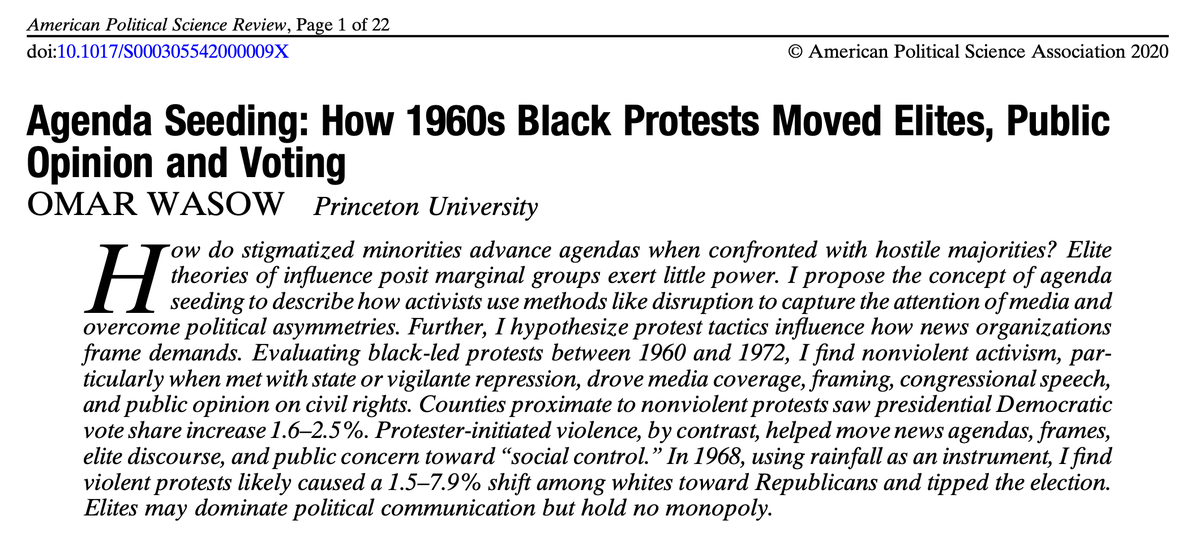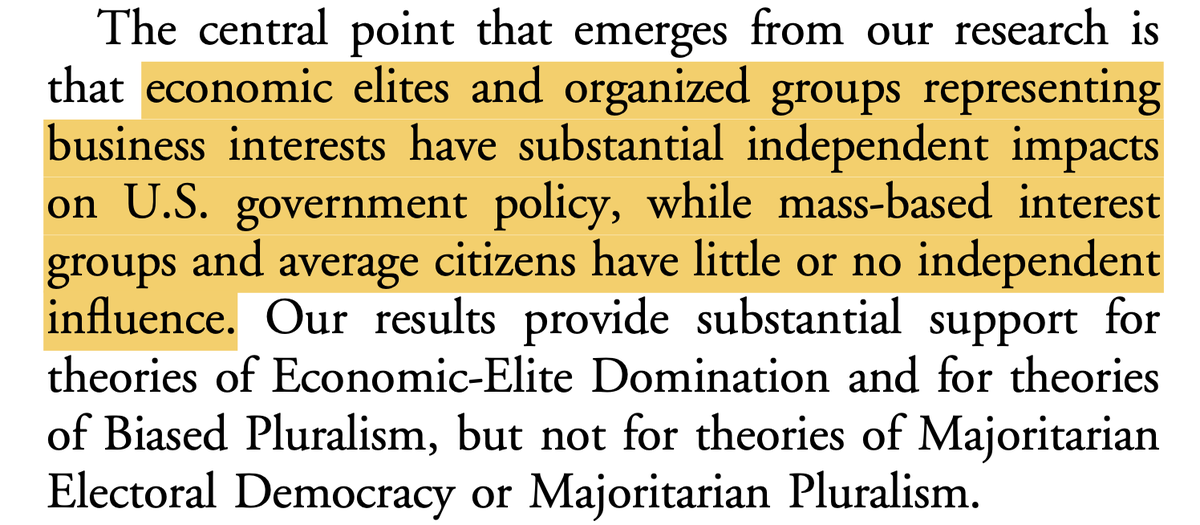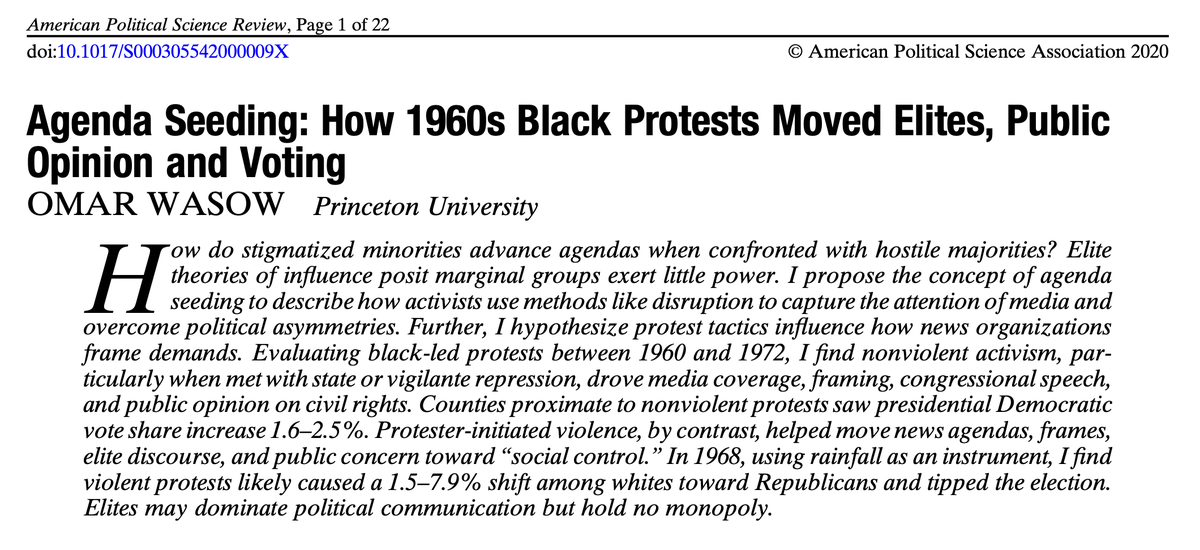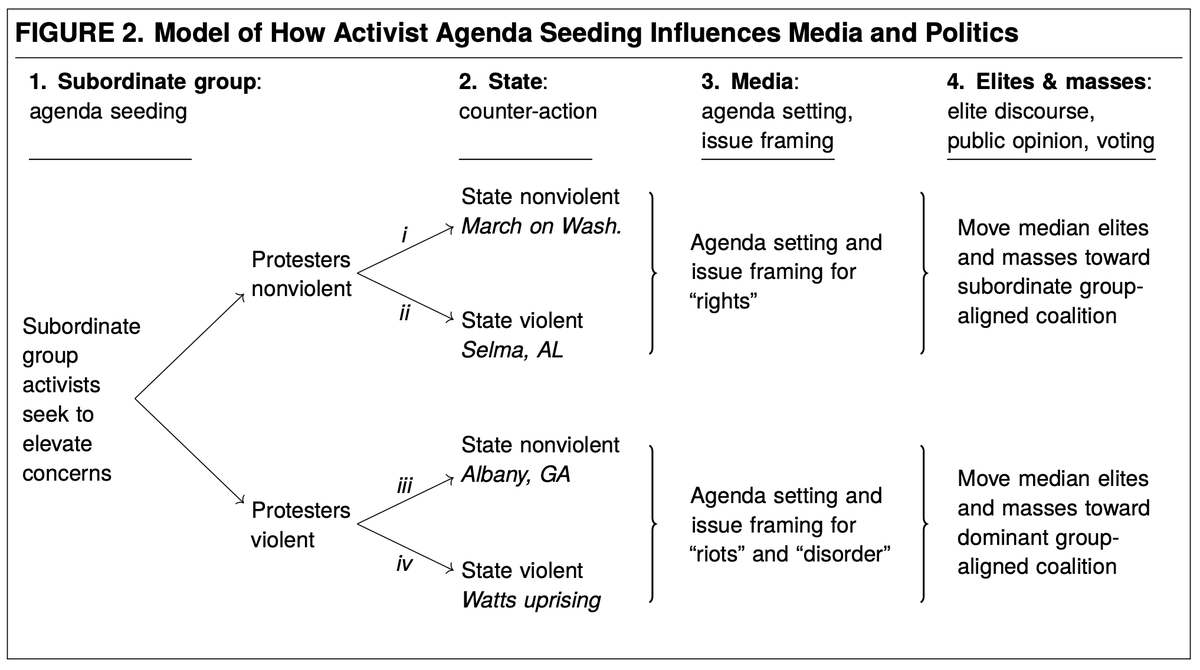

washingtonpost.com/opinions/2020/…
— 39% Trump’s approve of his handling of protests
— 57% disapprove of Trump’s approach to protests
— 69% support protests
— 68% say Floyd’s death reveals systemic police mistreatment of blacks (a 26-point shift since 2014) 15/








